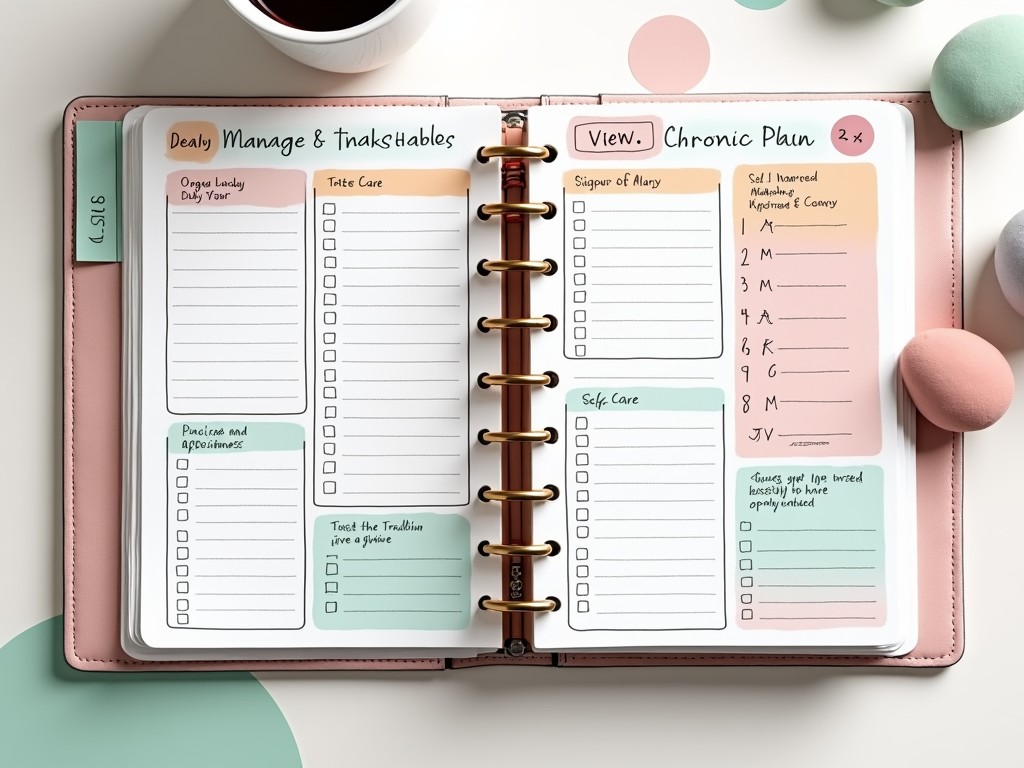Overview
Behavioral activation for chronic pain management is an effective approach that combines principles of behavioral therapy to improve a person's well-being and functionality. This article explores how techniques like behavioral activation and family therapy can significantly impact family wellness and individual health.
Chronic pain affects millions worldwide, impacting daily life in profound ways. Traditional medical approaches, while necessary, are often not enough to provide relief, leading individuals to explore alternative strategies such as behavioral therapy. Among these, Behavioral Activation (BA) has gained prominence as a practical and accessible method to manage chronic pain.

Understanding Behavioral Activation
Behavioral Activation is a focused therapeutic intervention that encourages engagement in physical activities and fulfilling routines despite the presence of pain. The idea is to break the cycle of avoidance that often accompanies chronic pain, leading to reduced activity levels and increased feelings of helplessness.
- Core Principles:
- Re-engagement in previously enjoyed activities
- Gradual enhancement of physical and social activities
- Systematic planning of enjoyable events
The key is consistency and setting realistic, achievable goals that align with an individual's capacity, fostering a sense of accomplishment.

Personal Insights: Tales of Success
Many who battle chronic pain share stories of how BA transformed their lives. For instance, Jane, a 45-year-old teacher, recounts her journey from feeling debilitated by back pain to reclaiming her love for gardening.
"Initially, I could only manage five minutes of gardening, but by building up slowly, I found myself spending glorious afternoon hours tending to my garden." - Jane's Story
Through BA, Jane methodically incorporated gentle gardening activities into her routine, boosting her mood and reducing her pain perception.

The Role of Family Therapy in Pain Management
Family therapy plays a crucial role in reinforcing the benefits of Behavioral Activation. Chronic pain doesn't just impact the individual; its repercussions echo throughout family dynamics. Working with family members to understand, support, and encourage active engagement can greatly improve outcomes.
During family sessions, therapists educate families about chronic pain, helping them develop empathy and better communication skills. This holistic approach ensures that the individual does not journey alone, fortifying family bonds and improving overall family wellness.

Actionable Steps for Implementing BA
- Assessment: Begin by identifying activities impacted by pain.
- Goal Setting: Set small, achievable goals. For example, start with a 10-minute walk daily.
- Monitoring Progress: Keep a journal to track your mood and activity levels.
- Family Involvement: Encourage family members to participate in activities.
- Professional Guidance: Consult with specialists in behavioral therapy for personalized strategies.
Summary
Behavioral activation for chronic pain management offers a pathway to improved well-being. By integrating family therapy and involving loved ones in the process, individuals gain a support system, enhancing both personal and family wellness. This structured approach fosters a proactive lifestyle that significantly reduces the impact of chronic pain.
Discuss Here